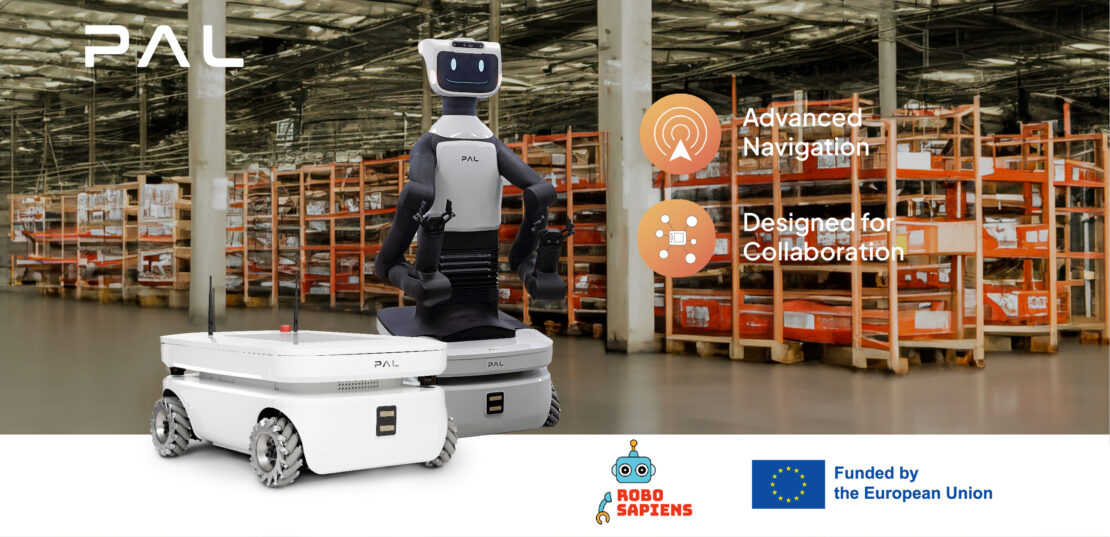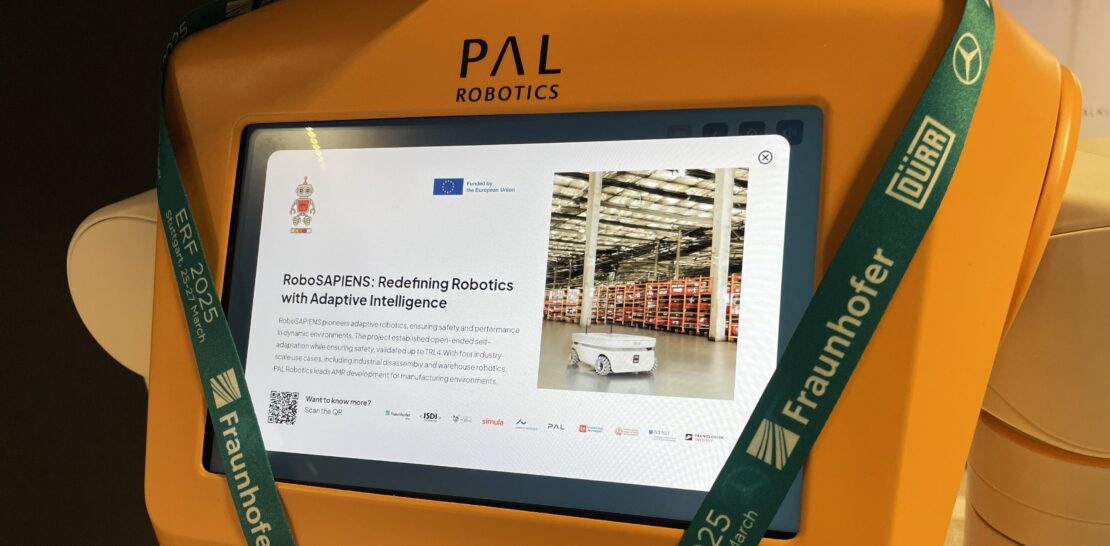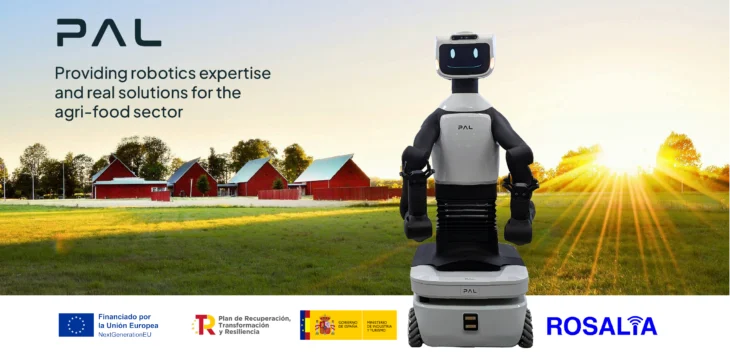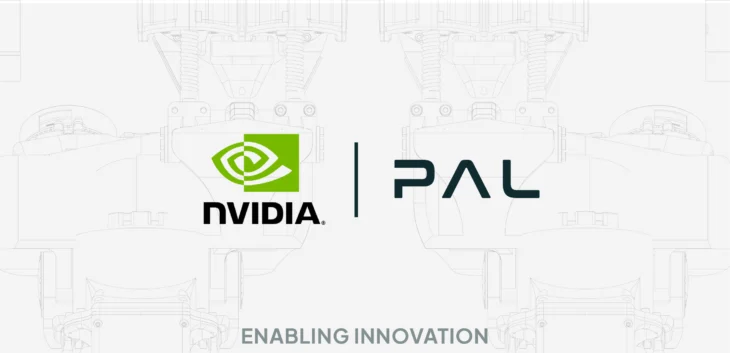
As robots take on more complex roles in industries, cities and people’s daily lives, one of the biggest challenges has become ensuring they can safely adapt to change. The European-funded project RoboSapiens aims to address exactly this, developing the next generation of self-adaptive robots that can evolve their behaviour in real time, all while maintaining safety, transparency, and trust. PAL Robotics contributes its expertise in autonomous and collaborative robotics to advance the development of safe and adaptive systems within the project.
Towards safe and intelligent self-adaptive robots
The RoboSapiens project (Robotic Safe AdaPtation In UnprEcedeNted Situations) is redefining what it means for robots to learn, adapt and operate safely in dynamic real-world environments. Funded under the European Union’s Horizon Europe programme, RoboSapiens brings together 10 partners from 8 countries to tackle one of robotics’ greatest challenges: how to make robots that can adapt autonomously to change while maintaining trustworthiness and safety.
In an increasingly automated world, robots are expected to move from static, pre-programmed roles to being dynamic partners capable of collaborating with humans and responding to unforeseen situations in real time. RoboSapiens addresses this frontier by developing new frameworks that allow robots to monitor, analyse, plan, execute and verify their own adaptations without the need for costly re-certifications.
The vision: trustworthy self-adaptation
At the core of RoboSapiens is a bold vision: to reconcile trustworthiness with open-ended self-adaptation. Traditional robotic systems operate within fixed parameters, requiring human intervention or reprogramming when unexpected changes occur. RoboSapiens, by contrast, aims to create systems that can adapt autonomously to both structural and environmental changes, while continuously verifying that these adaptations remain safe and reliable.
To achieve this, the project combines Deep Learning (DL) and Digital Twin (DT) technologies within a framework known as the MAPLE-K loop (Monitor, Analyse, Plan, Legitimate, Execute – Knowledge). Robots will be able to simulate potential adaptations in their digital twins, validate them virtually using formal verification methods and only then apply the changes in the physical world. This approach allows robots to evolve their behaviour safely throughout their operational lifetime.

From Research to Impact
RoboSapiens not only advances robotics research but also supports Europe’s transition towards sustainable and human-centred automation. By enabling robots to adapt rather than be replaced, the project contributes directly to the European Green Deal and the UN Sustainable Development Goals, promoting resource efficiency and long-term industrial resilience.
PAL Robotics’ participation ensures that the technologies developed are grounded in real-world robotics and ready for industrial application. Its experience with mobile and humanoid platforms, such as TIAGo Pro and TIAGo OMNI Base, supports the project’s goal of validating adaptive robotics in realistic environments. By providing hardware platforms, simulation tools and integration expertise, PAL helps bridge the gap between academic research and operational deployment.
The project outcomes are expected to accelerate the development of next-generation autonomous robots, capable of safe self-adaptation in warehouses, hospitals and other collaborative environments.
Building the Future of Trustworthy Robotics
RoboSapiens represents a milestone in PAL Robotics’ continuous commitment to advancing robotics that serve people and industry. By contributing to a European effort focused on safety, adaptability and sustainability, PAL Robotics reinforces its mission to develop technologies that bring robotics closer to real-world needs, flexible, intelligent and above all, trustworthy.
- EU projects
- TIAGo OMNI Base
- TIAGo Pro


